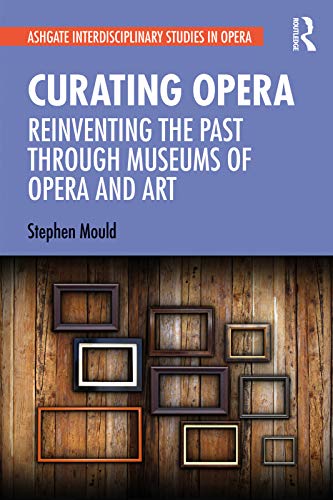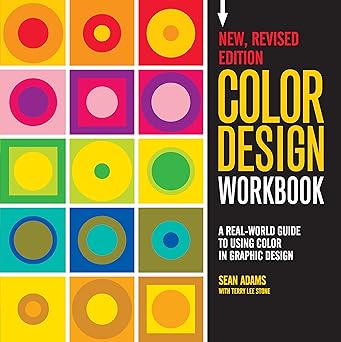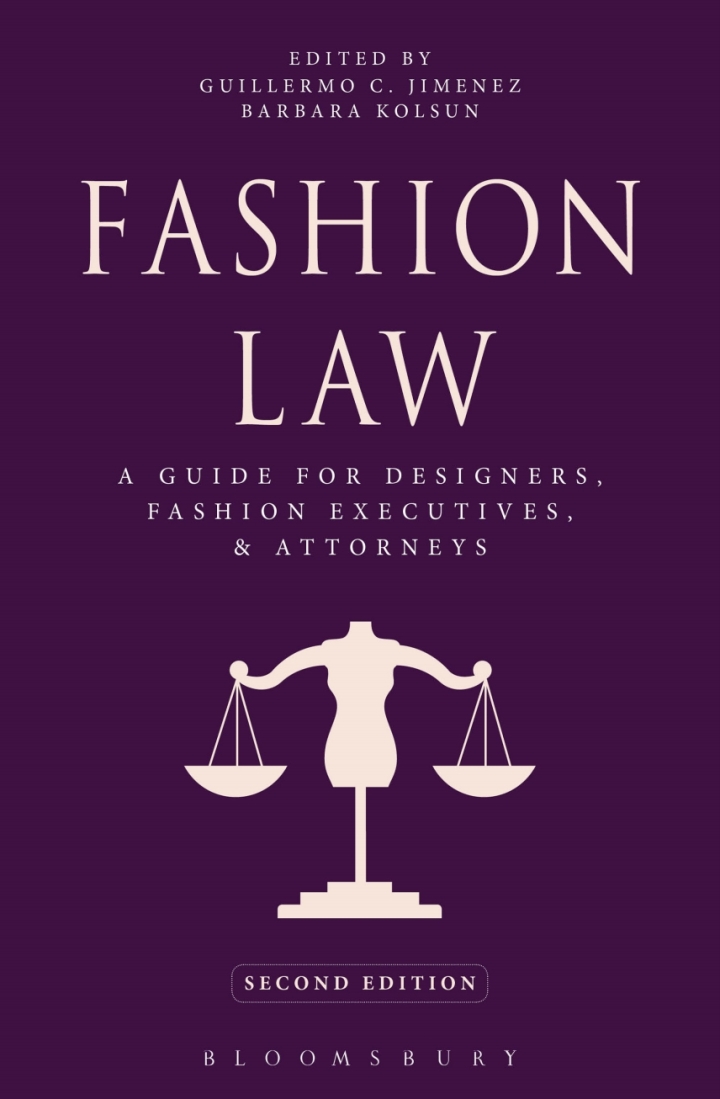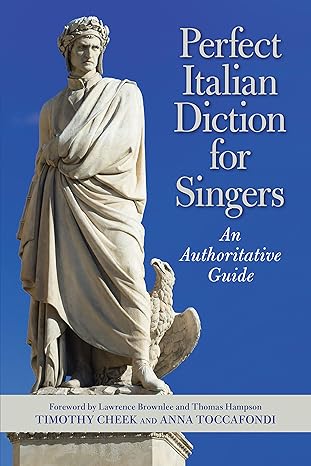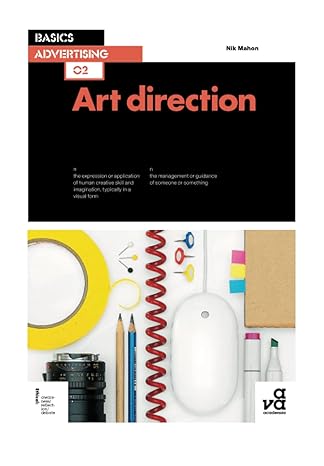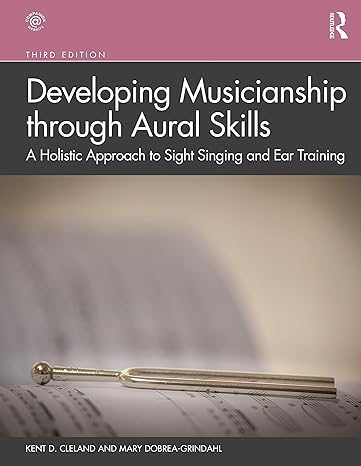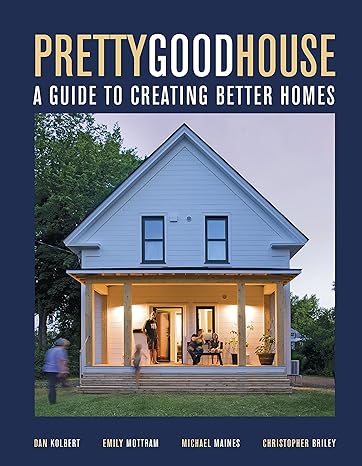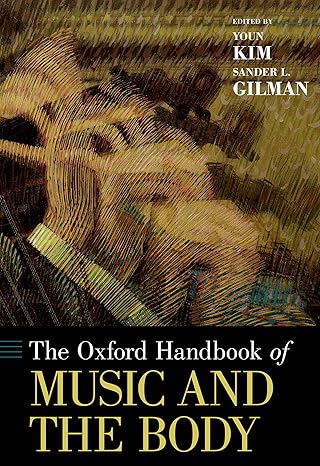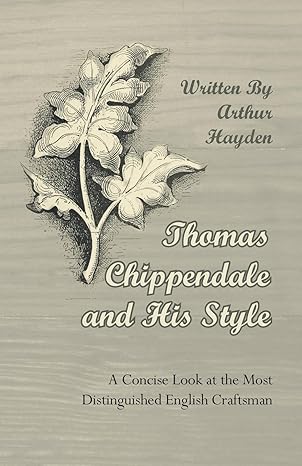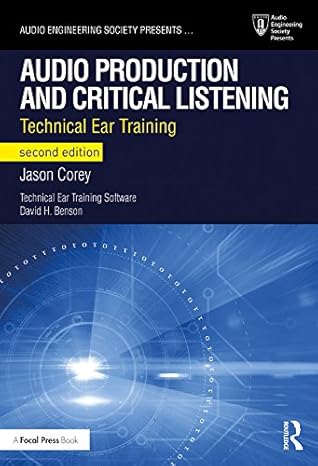Curation as a concept and a catchword in modern parlance has, over recent decades, become deeply ingrained in modern culture. The purpose of this study is to explore the curatorial forces at work within the modern opera house and to examine the functionaries and processes that guide them. In turn, comparisons are made with the workings of the traditional art museum, where artworks are studied, preserved, restored, displayed and contextualised – processes which are also present in the opera house. Curatorial roles in each institution are identified and described, and the role of the celebrity art curator is compared with that of the modern stage director, who has acquired previously undreamt-of licence to interrogate operatic works, overlaying them with new concepts and levels of meaning in order to reinvent and redefine the operatic repertoire for contemporary needs. A point of coalescence between the opera house and the art museum is identified, with the transformation, towards the end of the nineteenth century, of the opera house into the operatic museum. Curatorial practices in the opera house are examined, and further communalities and synergies in the way that ‘works’ are defined in each institution are explored.
This study also considers the so-called ‘birth’ of opera around the start of the seventeenth century, with reference to the near-contemporary rise of the modern art museum, outlining operatic practice and performance history over the last 400 years in order to identify the curatorial practices that have historically been employed in the maintenance and development of the repertoire. This examination of the forces of curation within the modern opera house will highlight aspects of authenticity, authorial intent, preservation, restoration and historically informed performance practice.
چکیده فارسی
Curation به عنوان یک مفهوم و یک کلمه کلیدی در اصطلاح مدرن، در دهه های اخیر، عمیقاً در فرهنگ مدرن جا افتاده است. هدف از این مطالعه کشف نیروهای کیوریتوری در حال کار در خانه اپرای مدرن و بررسی کارکردها و فرآیندهایی است که آنها را هدایت می کند. به نوبه خود، با آثار موزه هنر سنتی مقایسه می شود، جایی که آثار هنری مورد مطالعه، حفظ، بازسازی، نمایش و زمینه سازی قرار می گیرند - فرآیندهایی که در خانه اپرا نیز وجود دارد. نقشهای کیوریتوری در هر مؤسسه شناسایی و توصیف میشوند، و نقش کیوریتور هنر مشهور با کارگردان مدرن صحنه مقایسه میشود، که قبلاً مجوزی را برای بازجویی از آثار اپرا دریافت کرده است و آنها را با مفاهیم و سطوح معنایی جدید پوشانده است. به منظور ابداع و بازتعریف رپرتوار اپرا برای نیازهای معاصر. نقطه ادغام بین خانه اپرا و موزه هنر با تبدیل خانه اپرا به موزه اپرا در اواخر قرن نوزدهم مشخص می شود. شیوههای کیوریتوری در خانه اپرا بررسی میشوند، و جوامع و همکاریهای بیشتر در نحوه تعریف «آثار» در هر مؤسسه بررسی میشوند.
این مطالعه همچنین به اصطلاح "تولد" اپرا در آغاز قرن هفدهم، با اشاره به ظهور نزدیک به معاصر موزه هنر مدرن، با تشریح عملکرد اپرا و تاریخچه اجرا در طول 400 سال گذشته در نظر می گیرد. به منظور شناسایی شیوه های سرپرستی که در طول تاریخ در نگهداری و توسعه رپرتوار استفاده شده است. این بررسی نیروهای کیوریتوری در خانه اپرای مدرن جنبههای اصالت، قصد تألیف، حفظ، مرمت و عملکرد اجرایی آگاهانه تاریخی را برجسته میکند.
ادامه ...
بستن ...
